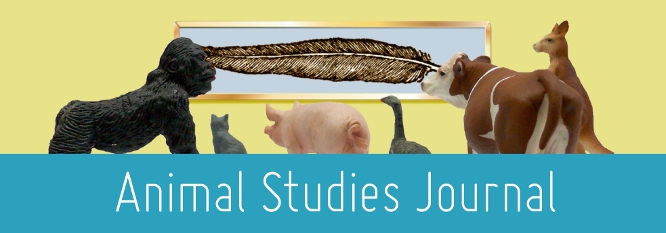Home > assh > ASJ > Vol. 12 (2023) > No. 2

Abstract
Mainstream environmentalism has long prioritized wild animals and their habitats while paying little attention to the explosive growth of global livestock production and consumption. However, this blind spot to livestock is changing quickly, in large part because of the rising general awareness of the resource and emissions intensity of animal-based foods and how it relates the interwoven crises of climate change and biodiversity loss. This paper considers both the fertile ground for animal advocacy to be found in the mounting scientific evidence about environmental inefficiencies of animal-based foods, and the need to be attentive to the risks it bears. The principal danger of efficiency-centred narratives is that if they are largely focused on climate change and biodiversity loss, the goal of reducing relative associated impacts can appear in a way that helps to further stoke the growth of industrially produced birds, which should be understood in relation to the already well-established poultrification of global livestock supply and demand. This paper highlights the importance of challenging this partial lens and response, and stresses the need to connect macro-scale environmental concerns to critical reflection about the ways that animal lives are organized in industrial livestock production. The concern for declining wild animal populations among environmentalists is a key lever for this, as industrial livestock can be shown to bear on the loss and fragmentation of habitats while at the same condemning a large and growing share of all birds and mammals to a short and agonizing existence. What emerges is an indelible image of a pathological mode of production that is violently narrowing how other animals get to inhabit the earth.
Recommended Citation
Weis, Tony, The Violent Narrowing of Animal Life, Animal Studies Journal, 12(2), 2023, 134-162.Available at:https://ro.uow.edu.au/asj/vol12/iss2/8
Included in
Agricultural and Resource Economics Commons, Animal Studies Commons, Nature and Society Relations Commons

